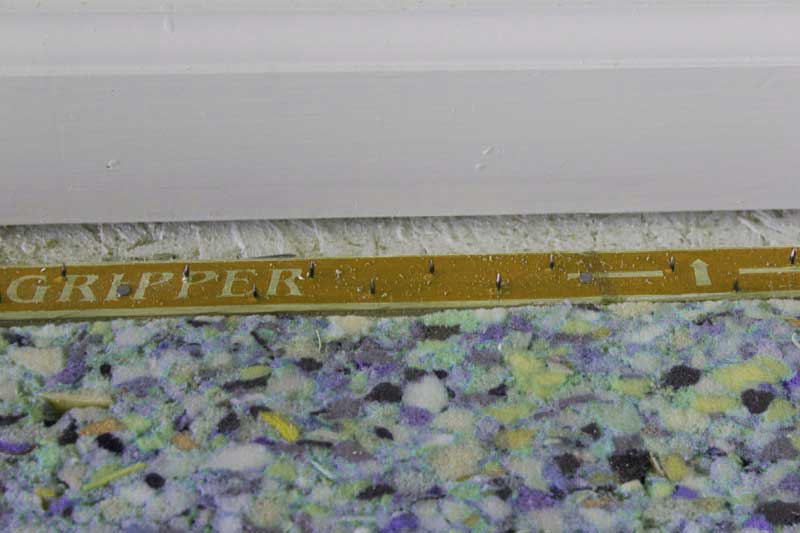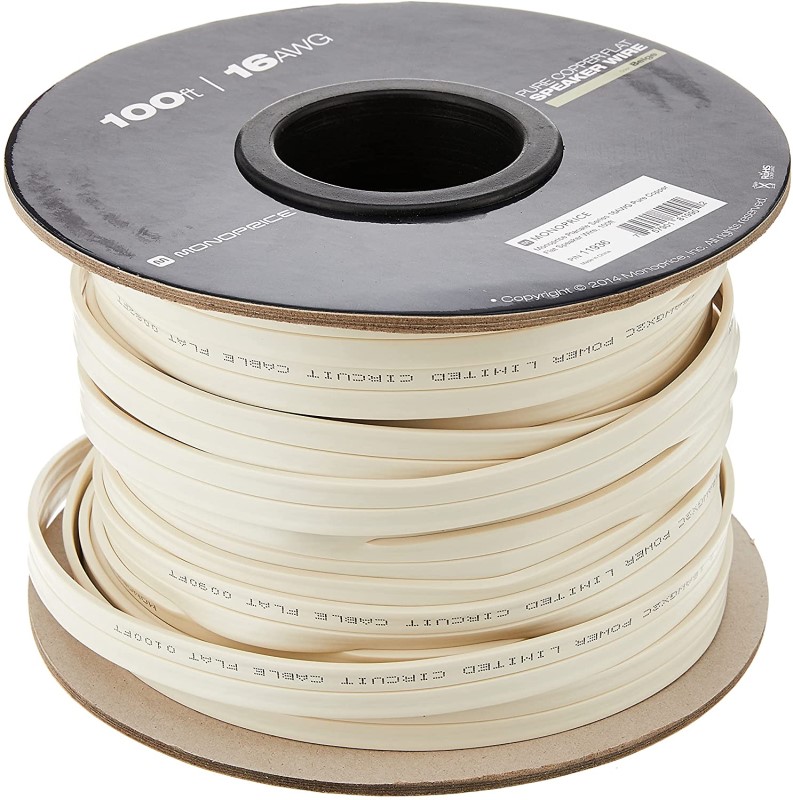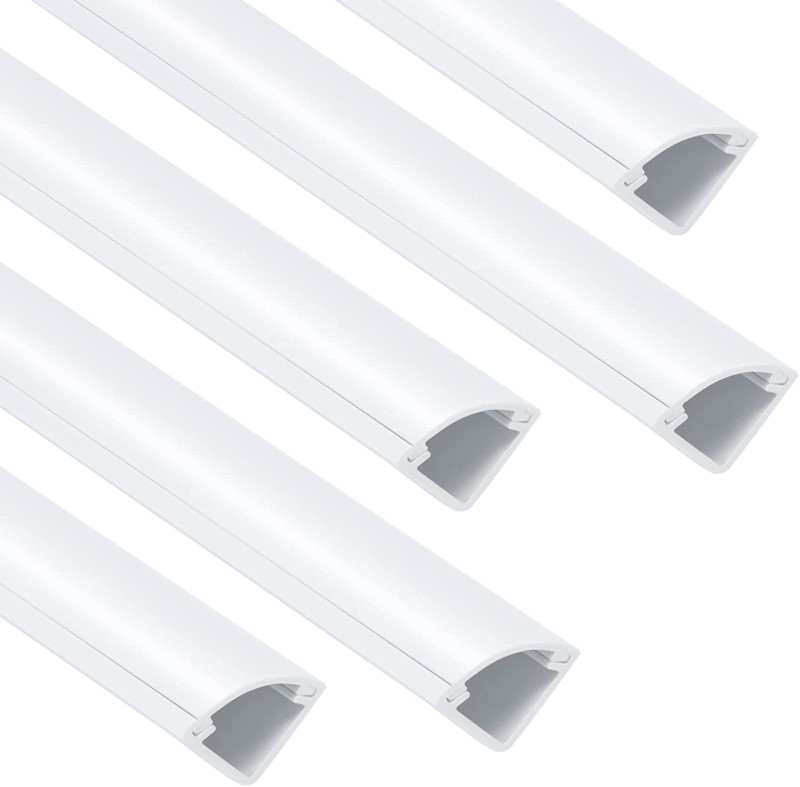Hiding Speaker Wires in an Apartment
We’ve done an article on how to hide speaker (and other) wires before. It assumed you had your own home and could cut holes in the walls as you needed. But that isn’t always the case. Often, people rent homes, condos, or apartments and can’t damage the place without risking heavy financial penalties (my wife has never lost a dollar of a security deposit and it is a point of pride with her. I, on the other hand…). So, if you are renting an apartment and want to hide speaker wires so that you can enjoy full surround sound, what do you do?
Before we begin, we are focusing on speaker wire because that is usually the wire that needs to be run around a room. Yes, projectors often need an HDMI run, but projectors are exceedingly rare in apartment theaters. Most of the time, all the gear will be at the front of the room with the display and the front speakers. It is the surround speakers that are problematic. For this reason, we will be focusing on hiding speaker wire in your apartment home theater (or theater space).
1) Wireless Speaker Kits
There are tons of wireless speaker options out there. A transmitter hooks into your AV receiver and a receiver is plugged into the wall near your speakers. If your couch is against a wall, and there is an outlet behind or near the couch, this is a great solution. You’ll still need to run speaker wire from the receiver (or connected amp), but it can all be easily hidden behind the couch. This is not a cheap solution (we often recommend the SVS Soundpath Wireless Audio Adapter), but it is often the easiest. But only if you have a very specific setup.

2) Running Speaker Wire Along the Floor
The cheapest, and likely easiest, way to hide speaker wires in an apartment is to run them along the floor. Specifically near the baseboards. If you do, you’ll find that there is nearly always a gap between the bottom of the baseboard and the carpet. You can tuck your speaker wire into that gap. This takes nothing but elbow grease and a little time. You can use a plastic putty knife to help.

The problem arises when you need to cross a doorway. Here, you can poke a small hole in your carpet. Yes, we know that you are technically damaging the carpet but, believe us, no one will ever notice once you leave. Do it very near to the wall. Then, use fish tape (or straightened out hanger) to push the speaker wire through the hole to one you make on the other side. It will help if you use flat versus round speaker wire.
Author’s Note: Flat Speaker Wire
We are going to be recommending flat speaker wire throughout this article. While there is extremely flat wire that is meant to be mudded onto drywall, this is not what we are talking about. Search for speaker wire with a flat jacket. We’ve found some that is fairly inexpensive. It is about half an inch wide and a sixteenth thick. We suggest this stuff because it tends to lay flat and won’t be as noticeable when installed or walked over (as in the last recommendation). We’ve not personally worked with this wire so make sure you can return it. We have worked with the Monster branded flat wire and it was a dream (but VERY expensive). It is also the only product from Monster that we’ve ever recommended.
3) Flat Wire On Top of Baseboard
If you don’t have carpet in your apartment but still want to hide your speaker wires, you can run them on top of the baseboards. Again, you’ll need flat speaker wire. This time, you’ll want to try and match the color of the baseboard. Since most baseboards are white, this shouldn’t be much of a problem. Remember that flat-jacket speaker wire is less common than round-jacket. This makes it more expensive.
The Monster wire we’ve worked with would lay down really well on baseboards. Still, you’d want to secure it in some way. Our two preferred methods are double-sided tape or hot glue. Clearly, the double-sided tape will clean up easier when you move out. But if the wire isn’t cooperating, a spot of hot glue here or there can create a more secure connection. A drop or two of white paint should fix any damage after removal.
This method will also work for corners or up the wall. While we’d suggest using hot glue, you can secure the wire to the wall and paint it to match. Will it be invisible? No. But we are trying to hide the speaker wire as best as we can without losing your apartment security deposit.
4) Wire Racetracks
Installing racetracks for wire is the go-to solution for nearly everyone. The problem is the cost and installation. We love the quarter-round solutions. These have a self-adhesive backing that makes installation in a corner a breeze. That said, there is no guarantee that they’ll come off without damaging the walls or baseboards. You’ll likely have to paint after removing them. This is why we’ve left them as our final suggestions. When shopping, take care to note how the different lengths are connected to each other. Look for seamless connections.
The other thing we suggest is that you pay close attention to the size. As you are only running one or two speaker wires (you can run round-jacket here), you don’t need a lot of space. The pictures of the racetracks often don’t easily convey the size. Some will be as big as your baseboards while others will be small enough to sit on top of your baseboards. You can often find these solutions at your local hardware stores so you can shop in person if you prefer.
Wrap Up
Do you have a solution for hiding speaker wire in an apartment that we haven’t thought of? Let us and other readers know in the comments!




